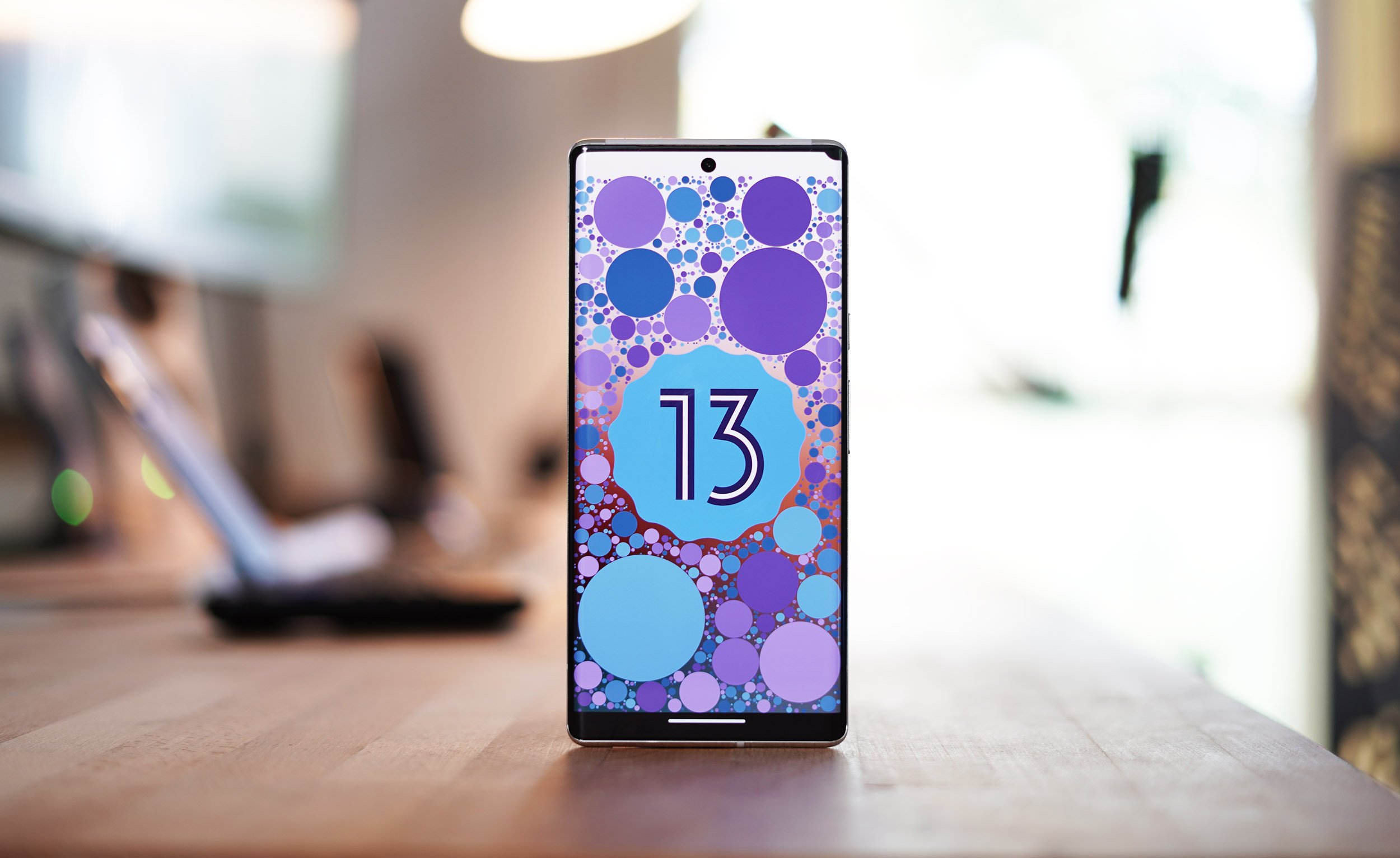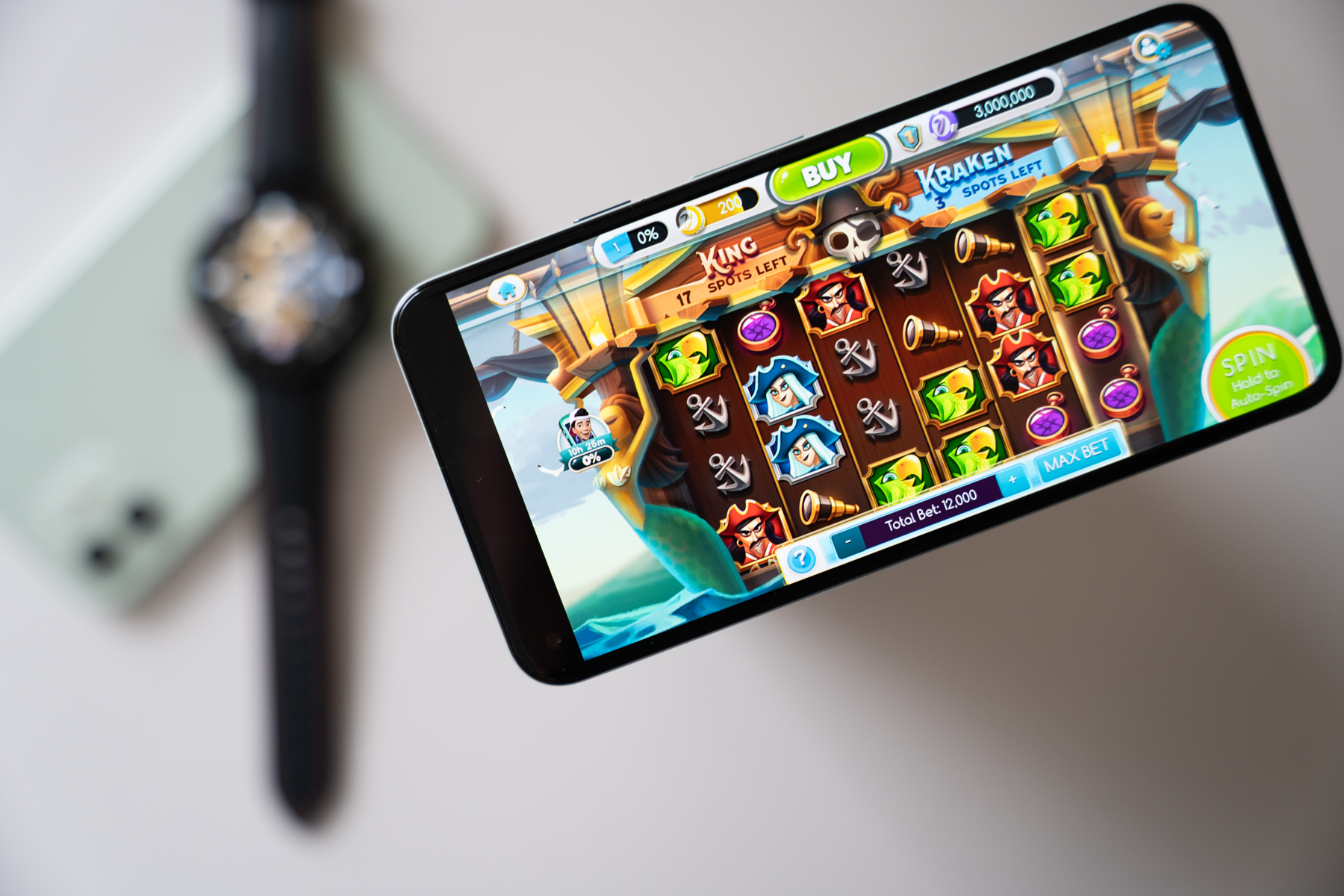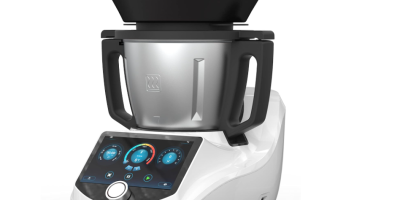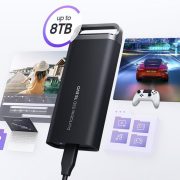Released to the public on August 15 last year, Android 13 is the 13th installment of Google’s operating system. The release, which is codenamed Tiramisu, was first introduced to the world in early 2022 at the I/O Developer conference. It became available on Google phones in August and other OEMs later that year. Because Android 12 was a significant update, Android 13 is an improvement of its predecessor. Still, it holds many advantages over Android 12. Here is a look at some you should know.
More Control Over App Permissions
The Android OS is very popular with app developers. Its convenient and easy-to-use onboarding features make it very popular with apps aimed for online shoppers, gamers, and e-commerce businesses. The Android OS, in fact, is one of the biggest drivers of several industries. Online banking institutions stock Google Play Store with money management apps, budget trackers, and other tools to help mobile users bank on the go. The same goes with online gaming apps. Industry giants, Ignition and Bovada, are behind some of the best poker apps for Android – a market that now brings in more revenue than PC gambling.
But while mobile apps are popular, their many notifications can become irritating. Apps that access your personal data can also be an entryway for malicious attacks. Android 13 allows you better control over app notifications and permissions. With clipboard clearing, you receive an alert whenever an app accesses your clipboard. Android 13 also automatically clears your copied passwords when this happens. As a bonus, Android 13 asks you whether you want to receive notifications at the point of installing an app. This means you can allow or disallow notifications from the get-go.
Updated Material You
Google introduced Material You in Android 12. In the previous OS version, this feature allowed you to personalize your interface with reimagined widgets and custom colors matching your wallpaper. Android 13 takes things a step further by expanding your color collection. You also get more control over the app icons so that you can customize the appearance of third-party apps. Through the Digital Wellbeing settings, Android 13 users can customize the bedtime mode with features like dark theme and wallpaper dooming. There are also many preset color schemes when you do not want to base your phone’s appearance on your wallpaper choice.
Improved Multitasking
Android 12 already allows extensive cross-device multitasking, but its successor takes things further. Android 13 users who own a Chromebook can now send, receive, and stream messages directly from Google Messages between devices. This means you can access your messages from any device as long as it maintains a Bluetooth connection to your phone. You can also copy URLs, videos, texts, and photos from your phone and paste them onto your tablet and vice versa. To use this function, tap and hold the item, then open the device you want to paste it onto the click paste.
Improved Privacy and Security
By allowing you more control over app permissions, Android 13 provides more online security than Android 12. Android 13 app prompts do not ask you to allow apps access to your “Files and Media.” Instead, the OS limits the scope, breaking down your media into ‘Music and Audio’ and ‘Photos and Videos.’ Android 13 also features a Photo Picker that lets you choose which photos apps can access.
Unlocked Access to Smart Home Control
Android 12 lets you control smart home devices like your thermostat from your lock screen as long as you unlock your device. Android 13, on the other hand, allows you to bypass your lock screen and perform smart home manipulations without unlocking your phone. This makes accessing your smart home system faster and easier for those times when you have too much on your plate.
Per-App Language Settings
Google understands that you may want to run different apps in different languages. This is why Android 13 allows per-app language customization. Now, multilingual users can set apps to display in different languages, including languages different from the overall system.
Better Audio
Android 13 features Spatial Audio support designed to increase aural immersion for music, video, and film experiences. When you connect your phone to supported headphones, Spatial Audio support optimizes sound balance to create a theater effect. It also adapts to your head movements to ensure a seamless experience even when you are on the move. Android 13 also comes with better audio quality, Bluetooth Low Energy, and the ability to simultaneously broadcast audio across multiple devices.
More Optimizations for Large Screens
Android 12 was optimized for large-screen devices like tablets and Chromebooks. Android 13 takes this improvement to the next level, allowing you to open apps side-by-side by dragging and dropping them from the toolbar. Android 13 also lets you move files between two apps in a split screen.
Wrapping Up
The Android 13 update is not the major improvement Android 12 was. In fact, it is more of a refined version of its predecessor. Nonetheless, its new features and minor changes are so fundamental you do not want to miss them. The new operating system gives you more control over what apps can and cannot access on your phone, better audio experiences, more security, more themes, enhanced customization, and better multitasking. It is worth installing.











Comments